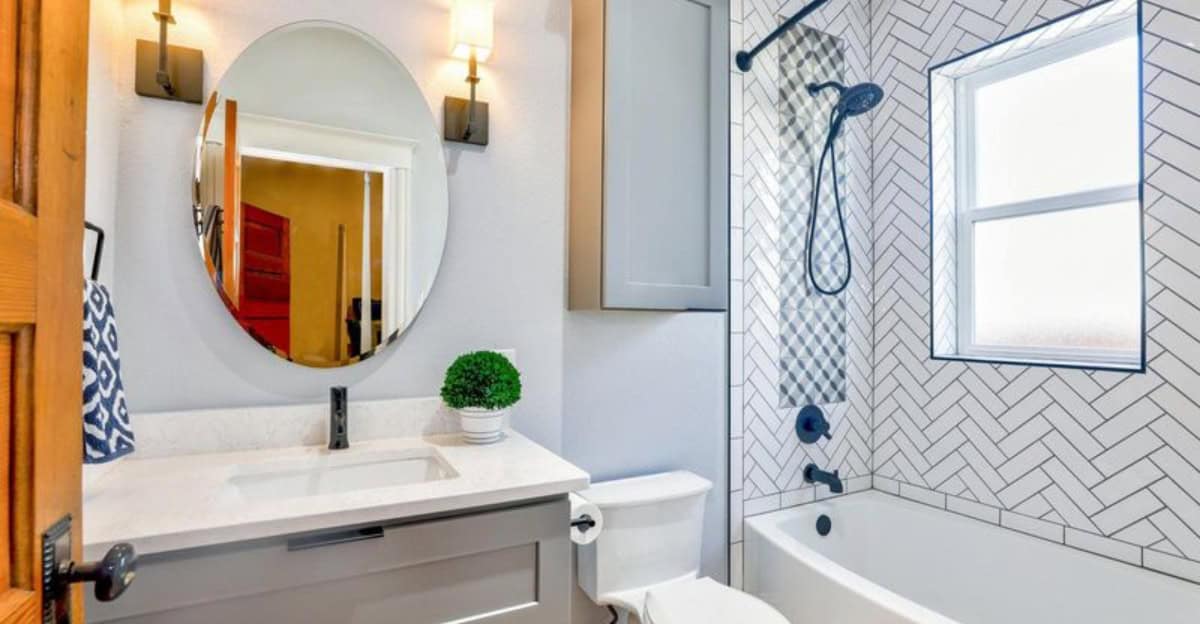Designers have a keen eye for functional and aesthetic spaces, making them quick to spot a poorly designed bathroom.
An effective bathroom is not just about appearance; it’s about creating a harmonious and efficient room that caters to its users’ needs.
In this article, we’ll explore 10 critical elements that designers immediately notice when assessing a bathroom’s layout.
From lighting to storage, these insights not only offer a designer’s perspective but also provide practical tips for improving any suboptimal bathroom space.
1. Poor Lighting
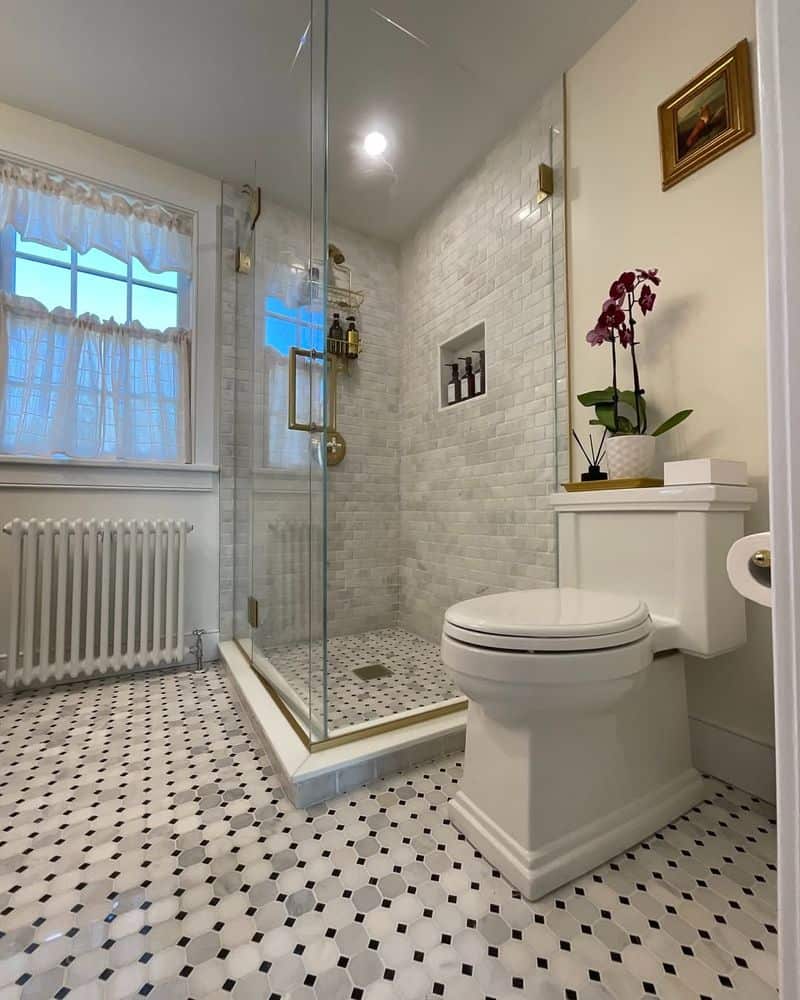
Lighting plays a crucial role in bathroom functionality. Insufficient lighting can make the space appear smaller and less inviting.
Designers often notice when a bathroom lacks natural light or relies solely on dim, overhead fixtures.
Good lighting design incorporates layered lighting solutions, including task lighting around mirrors or vanity areas.
This ensures that the space is both functional and safe for tasks like shaving or applying makeup.
Improving lighting in a bathroom can significantly change the room’s ambiance, making it more welcoming and functional for everyday use.
2. Limited Storage
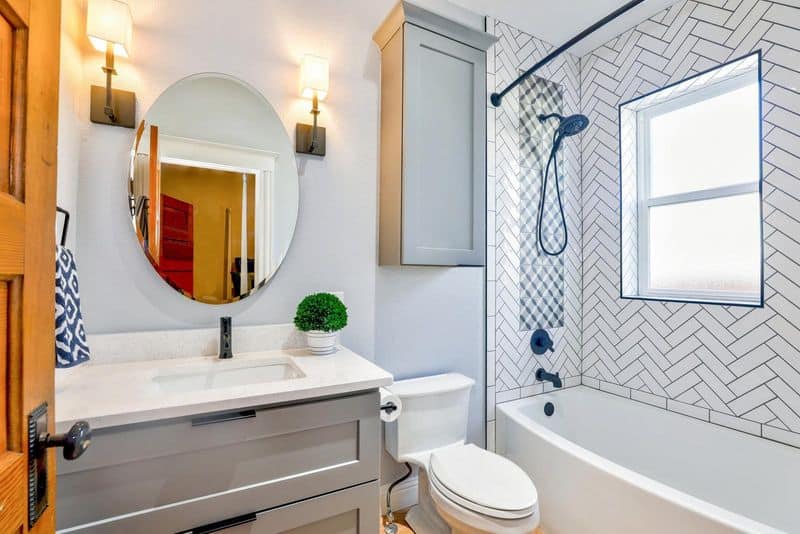
Ample storage is essential for a tidy and functional bathroom. Designers quickly notice when a bathroom lacks adequate storage solutions, leading to cluttered counters and floors.
This problem often arises from insufficient cabinetry or shelving, forcing users to leave personal items exposed.
Not only does this affect the room’s aesthetics, but it also impacts its functionality. Optimizing storage involves smart cabinetry, under-sink drawers, or even wall-mounted shelves.
These solutions help keep the bathroom organized, making it a more pleasant space to use daily.
3. Awkward Layout
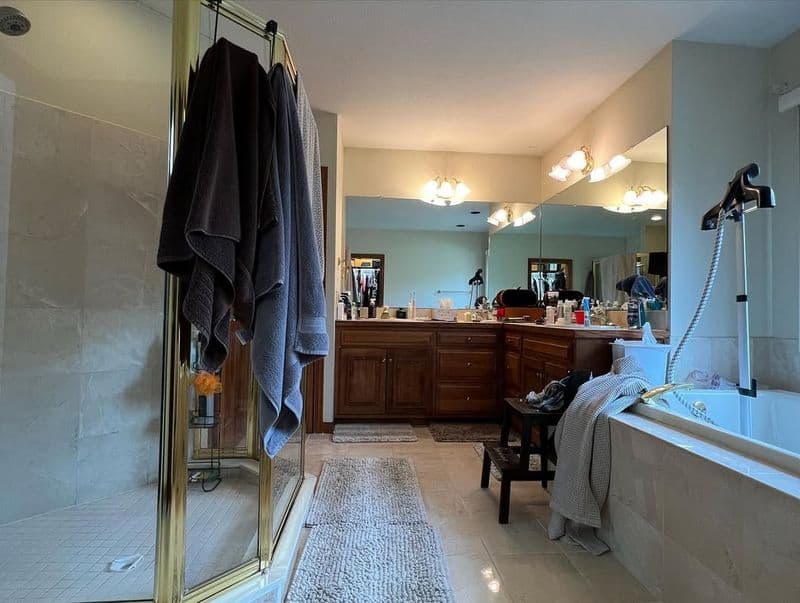
A bathroom’s layout can significantly impact its usability. Designers often spot awkward layouts where fixtures are poorly placed, such as a toilet too close to a shower or a door that swings into a vanity.
Such configurations can make the bathroom feel cramped and uncomfortable, affecting the overall user experience.
Redesigning the flow of the room, ensuring there is ample clearance between fixtures, can enhance both comfort and practicality. Good design considers ease of movement and efficient use of space.
4. Inadequate Ventilation
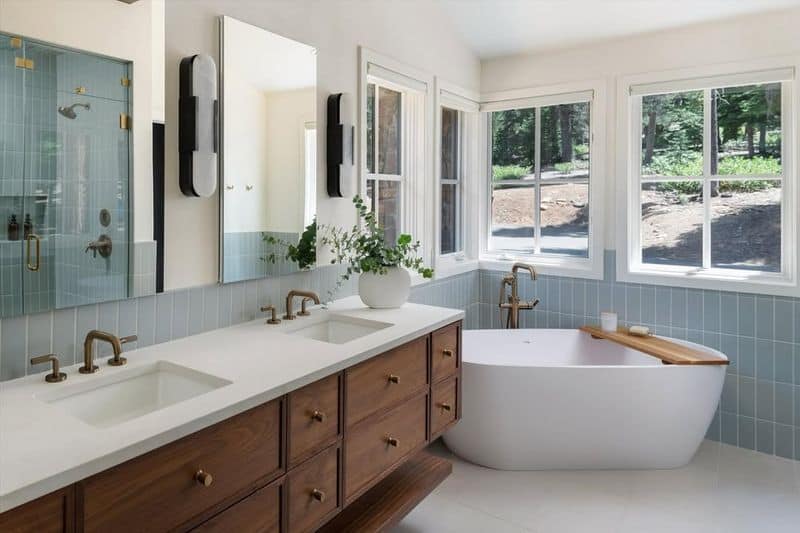
Ventilation is critical for maintaining a bathroom’s condition and air quality. Designers are quick to notice signs of poor ventilation, such as condensation, mold, or persistent odors.
A bathroom without adequate ventilation can suffer from moisture-related issues that not only affect its appearance but also its longevity.
Installing a proper exhaust fan or improving natural ventilation can alleviate these problems, ensuring a healthier environment.
A well-ventilated bathroom also prevents long-term damage to fixtures and finishes, maintaining the space’s integrity.
5. Inconsistent Style
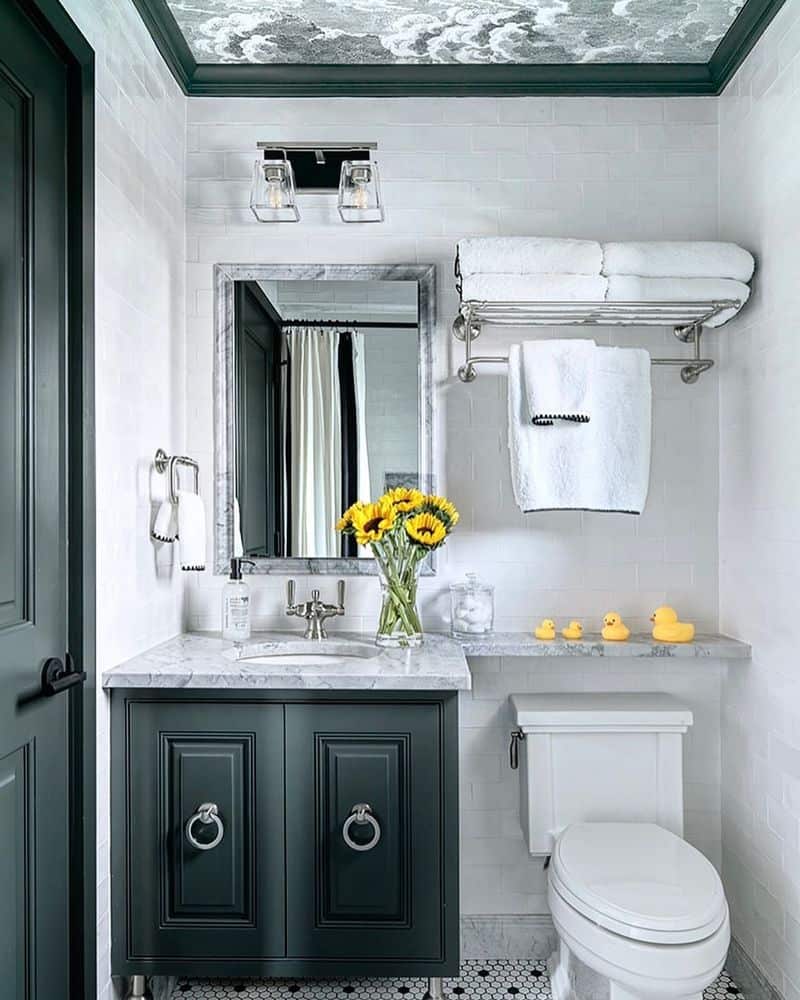
A cohesive style is essential in creating an appealing bathroom. Designers immediately notice when a bathroom lacks consistency in style, such as mismatched tiles, fixtures, and accessories.
A well-designed bathroom maintains a harmonious aesthetic, with elements that complement each other in color, texture, and design.
Achieving consistency in style involves careful selection of materials and fixtures, ensuring they align with the overall design theme of the home.
A unified style enhances the bathroom’s visual appeal and creates a more relaxing atmosphere.
6. Safety Hazards
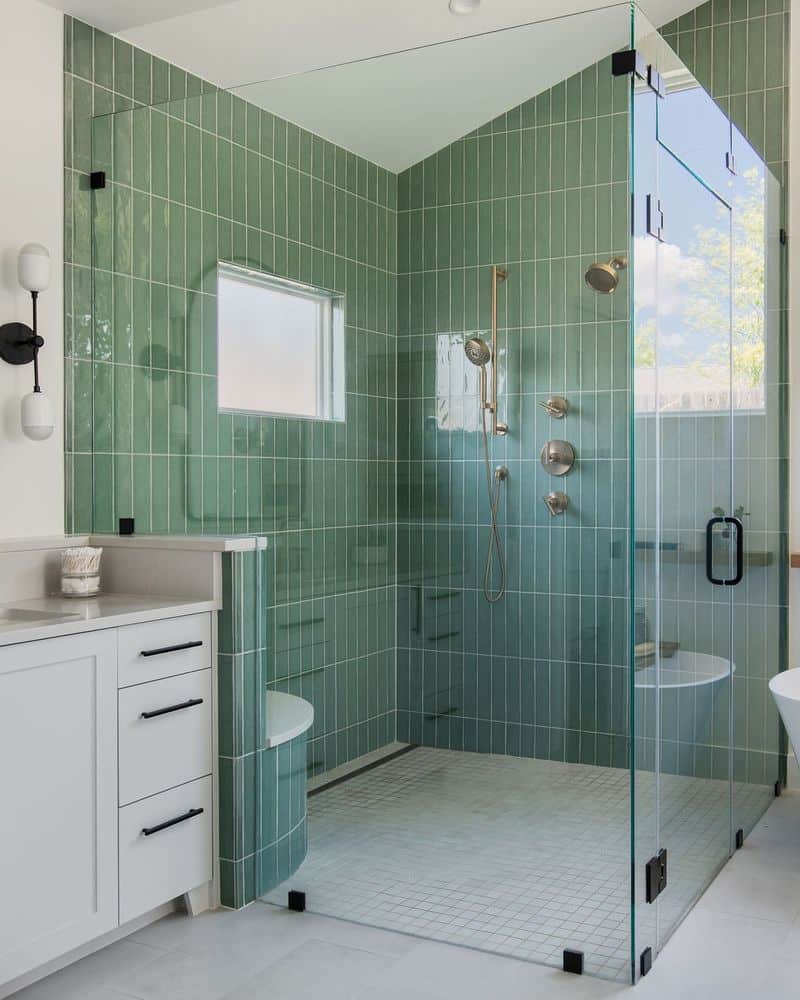
Safety is a top priority in bathroom design. Designers are alert to potential safety hazards, such as slippery floors, lack of grab bars, or sharp edges on fixtures.
These hazards can pose significant risks, especially for children or elderly users.
Implementing safety features like non-slip mats, grab bars near the shower and toilet, and rounded edges can greatly enhance safety.
Addressing these concerns not only prevents accidents but also provides peace of mind for users. Ensuring a safe environment is a key aspect of a successful bathroom design.
7. Improper Fixture Sizing
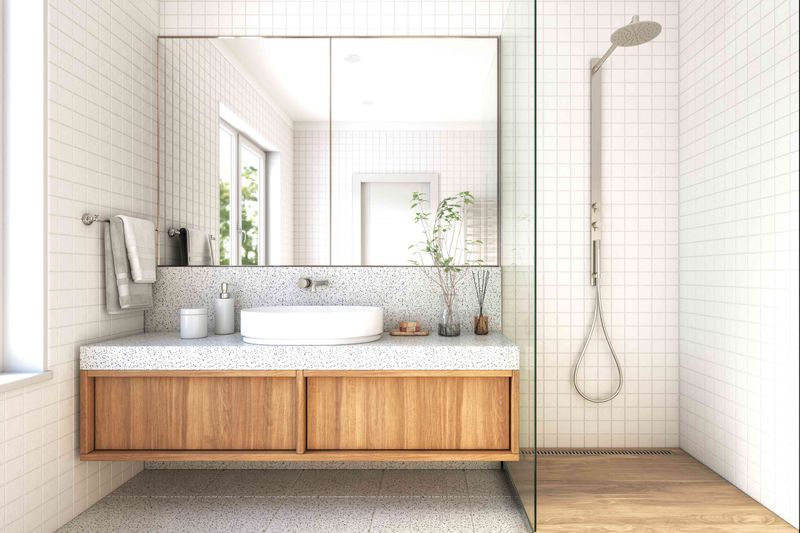
The size of fixtures relative to the bathroom space is crucial. Designers quickly spot when fixtures are poorly sized, such as an oversized vanity in a compact room.
This oversight can make the space feel cramped and reduce functionality.
Selecting the right size fixtures is essential for maintaining balance and proportion. Choosing compact or multi-functional fixtures can optimize space, enhancing both aesthetic appeal and utility.
Thoughtful selection ensures that every element complements the room without overwhelming it.
8. Obstructed Pathways
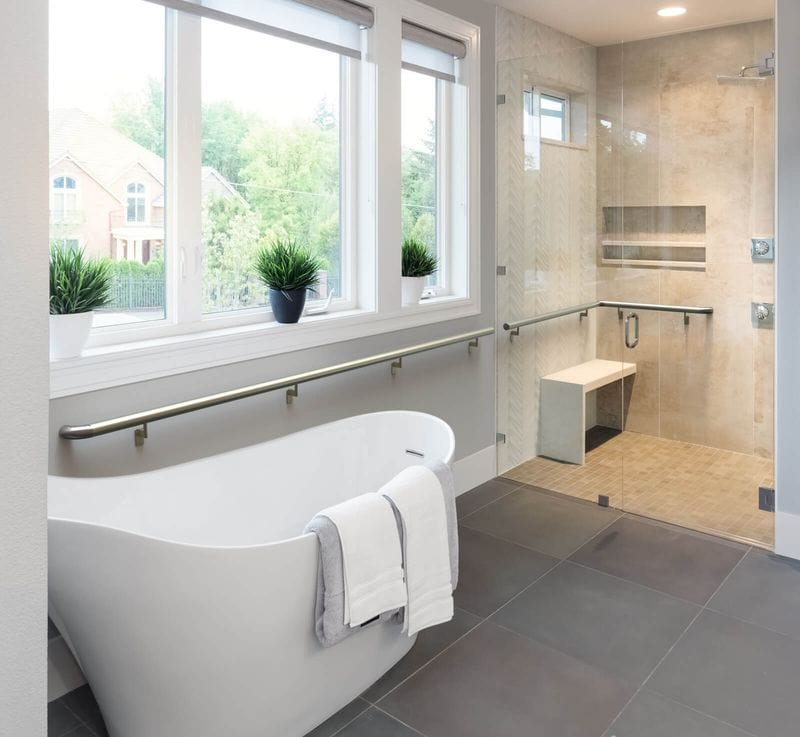
Clear pathways are essential for comfortable movement in a bathroom. Designers notice obstructed paths where fixtures or storage units block the natural flow, impacting usability.
This can lead to a cramped, uncomfortable environment where users struggle to move freely.
Ensuring clear passageways involves thoughtful placement of fixtures and furniture, allowing for easy navigation.
Strategic planning of the space creates a more inviting and efficient layout, improving the overall experience for users. A well-organized bathroom enhances both function and comfort.
9. Poor Water Drainage
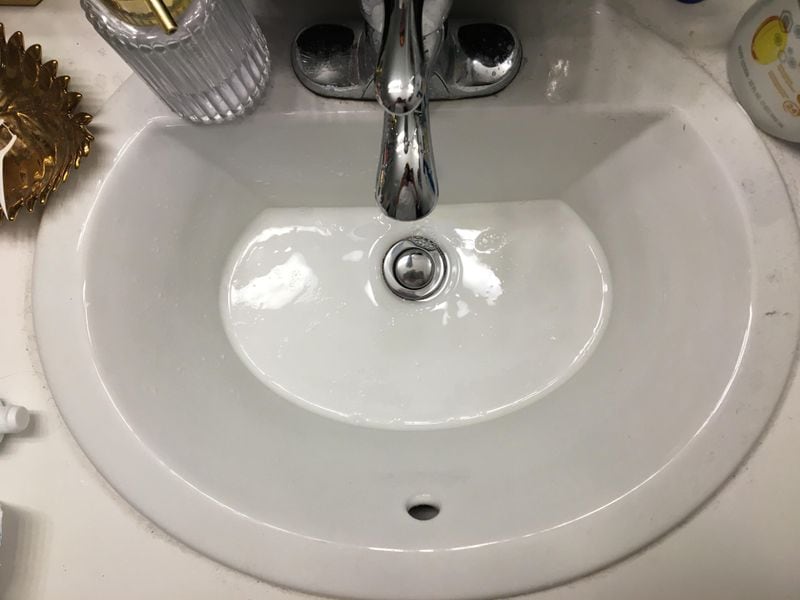
Effective water drainage is vital for a functional bathroom. Designers quickly identify issues with poor drainage, such as water pooling in the shower or around fixtures.
These problems not only create inconvenience but can also lead to water damage and mold growth if not addressed. Improving drainage involves installing proper slopes and high-quality drains.
Ensuring efficient water removal helps maintain cleanliness and prolongs the life of the bathroom’s surfaces. A well-drained bathroom is crucial for long-term maintenance and usability.
10. Lack of Privacy
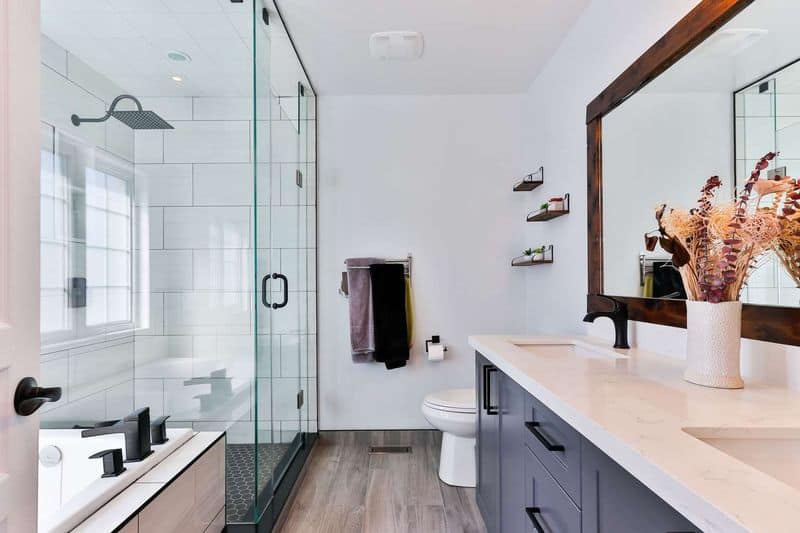
Privacy is a fundamental aspect of bathroom design. Designers quickly notice when a bathroom lacks adequate privacy, such as clear glass windows or doors facing public areas.
This oversight can make users uncomfortable and affect their experience.
Solutions like frosted glass, privacy films, or strategically placed partitions can enhance privacy. Addressing privacy needs ensures that the bathroom remains a personal and secure space.
Implementing these solutions not only improves comfort but also adds to the overall appeal of the bathroom.

